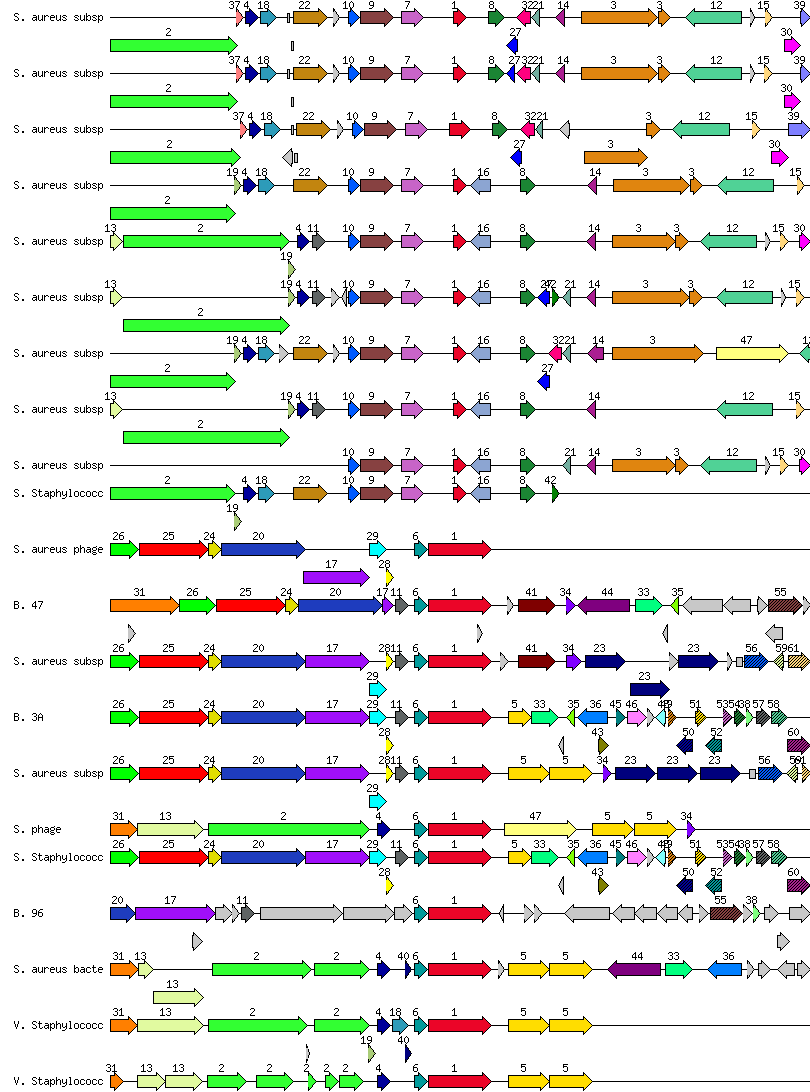The Edwards lab is a dynamic lab. Our students come for a while and do exciting things, and then head into industry and earn big salaries or on to academic positions to break the frontiers of science. We are always looking for scientists with curiosity, drive, and the ability to understand Rob’s ideas and convert them into something meaningful!
If you are interested in joining our lab, the first thing you need to do is understand what we do. Take a look at the Research and Projects section of the web site to see our funded projects. Also, check out our open projects page.
Once you’ve done all that, talk to Rob.
Remember:
Do:
- Read the web, think about the kind of science we do
- Stop by the lab, talk to people working in the lab
- Find the open problems page and think about some of those
- Come up with an idea for a project. Even if its unworkable, at least you have had an idea
Don’t
- Expect Rob to give you a project when you walk in the door
- Expect Rob to give you a project if you don’t even know what the lab works on
